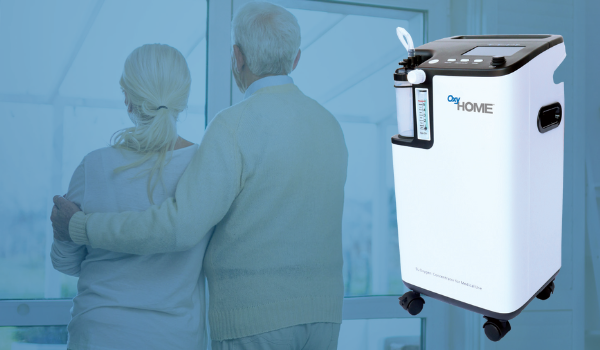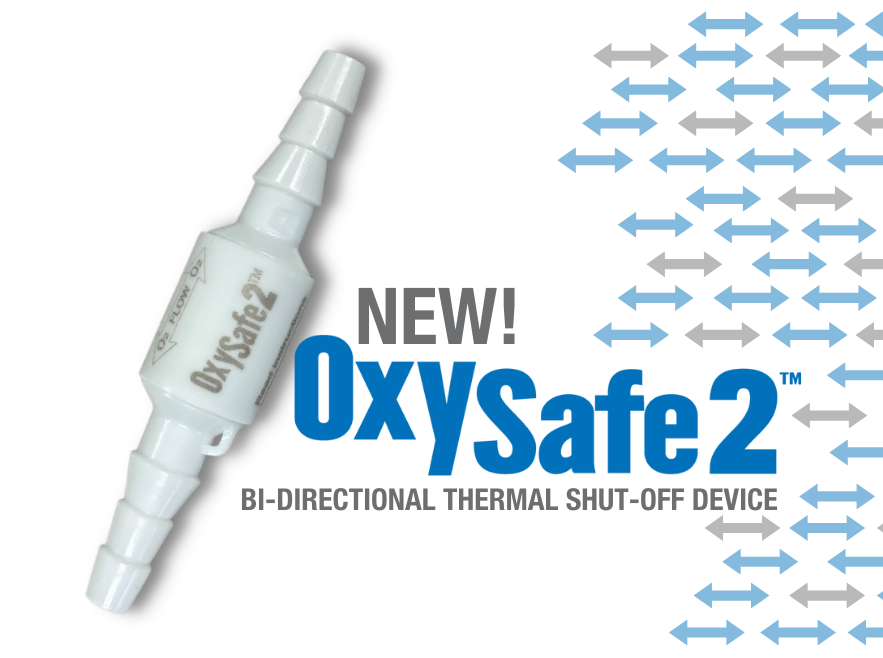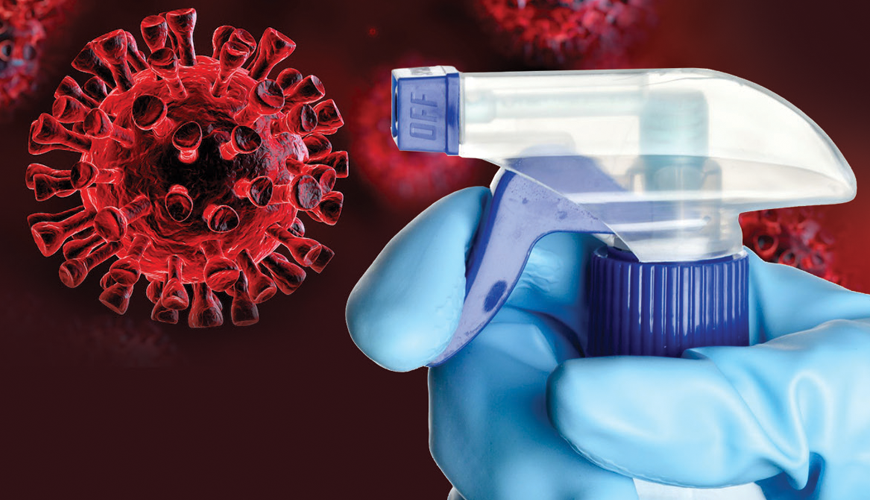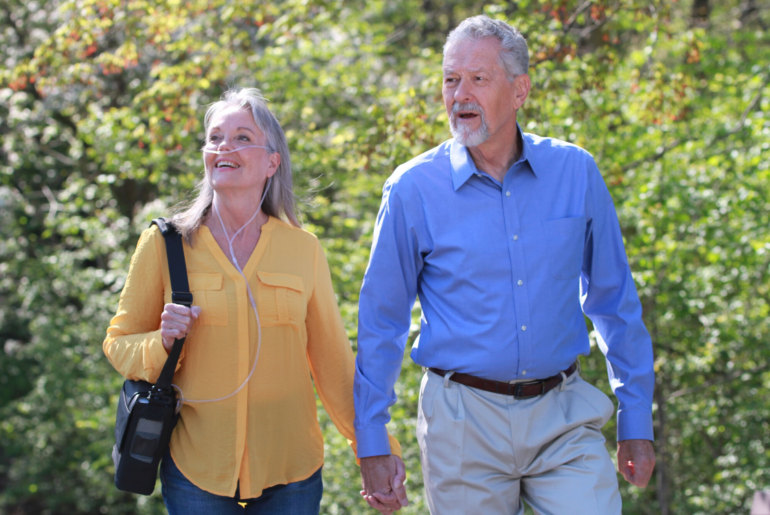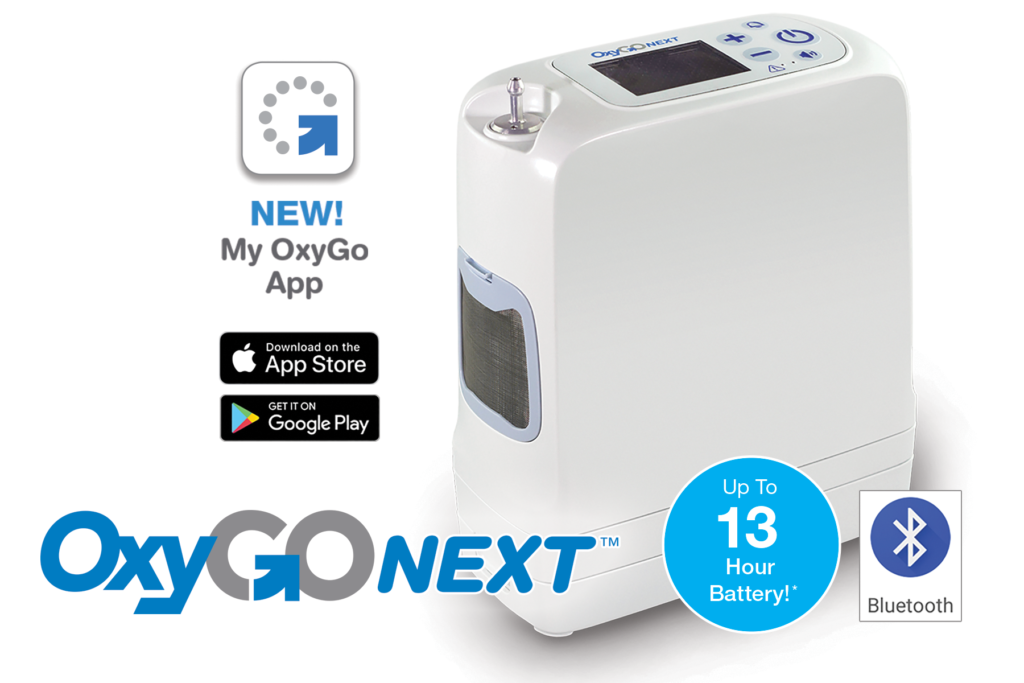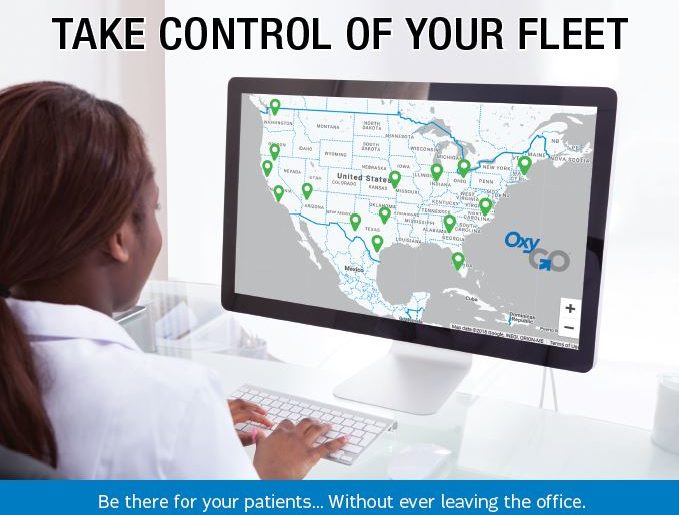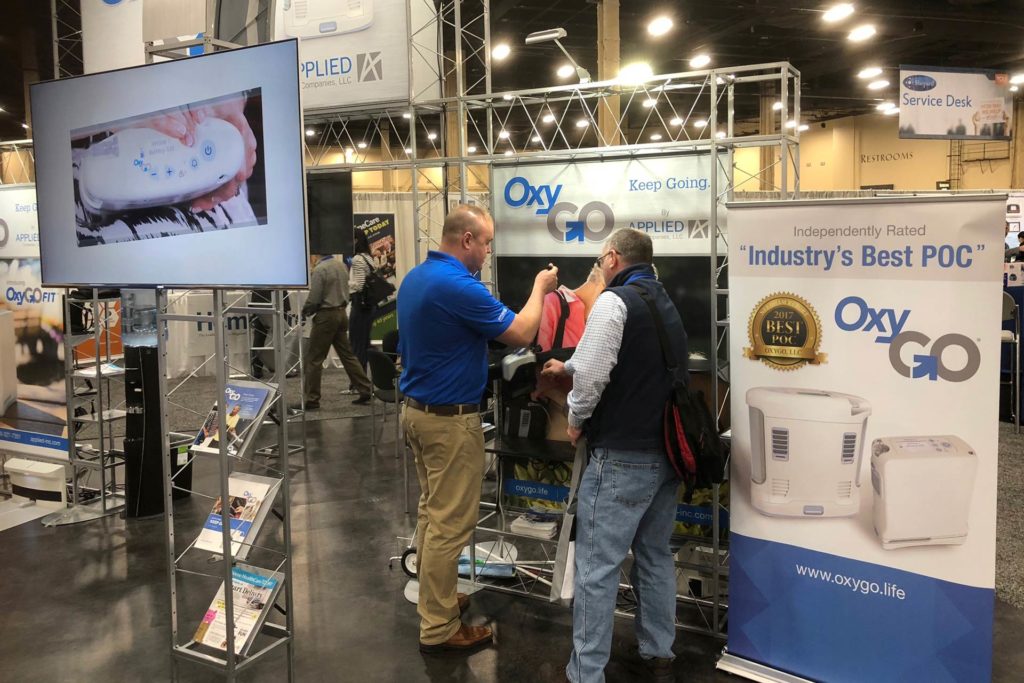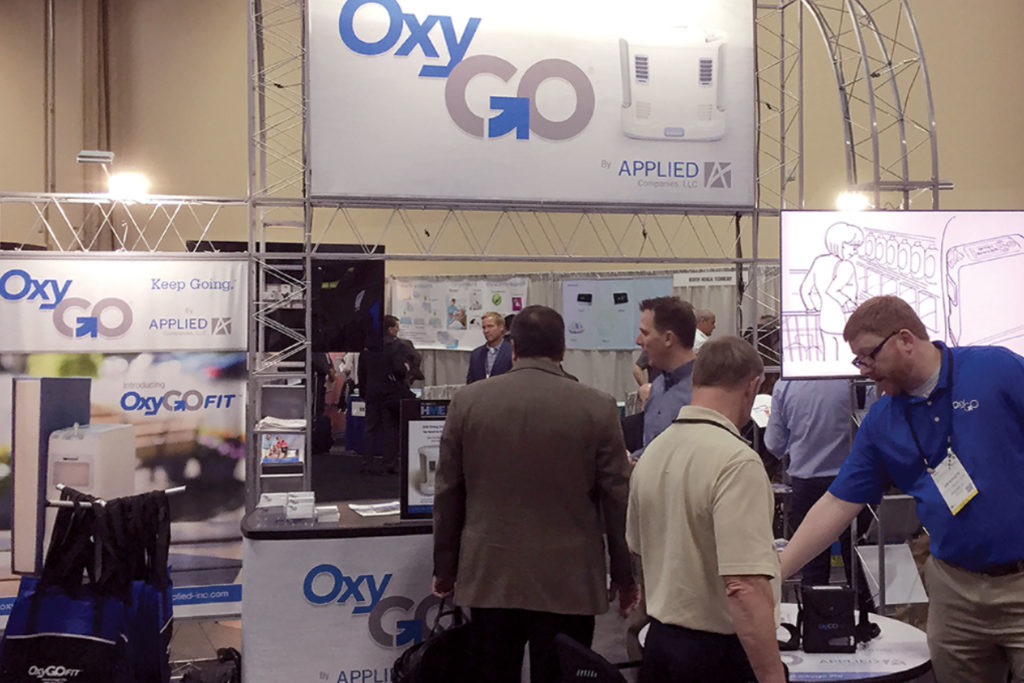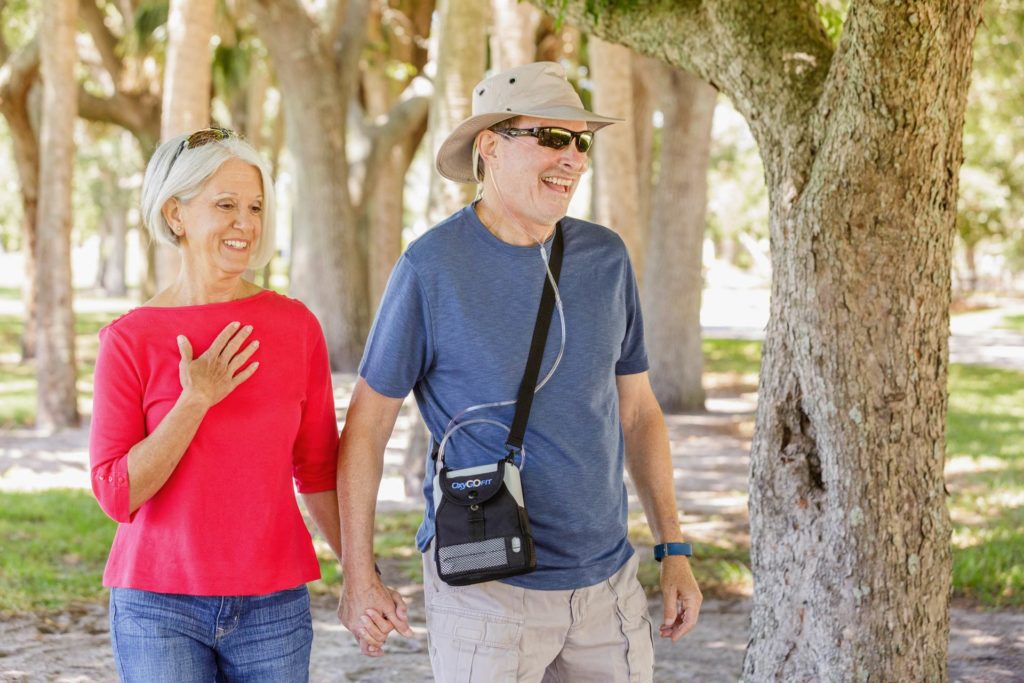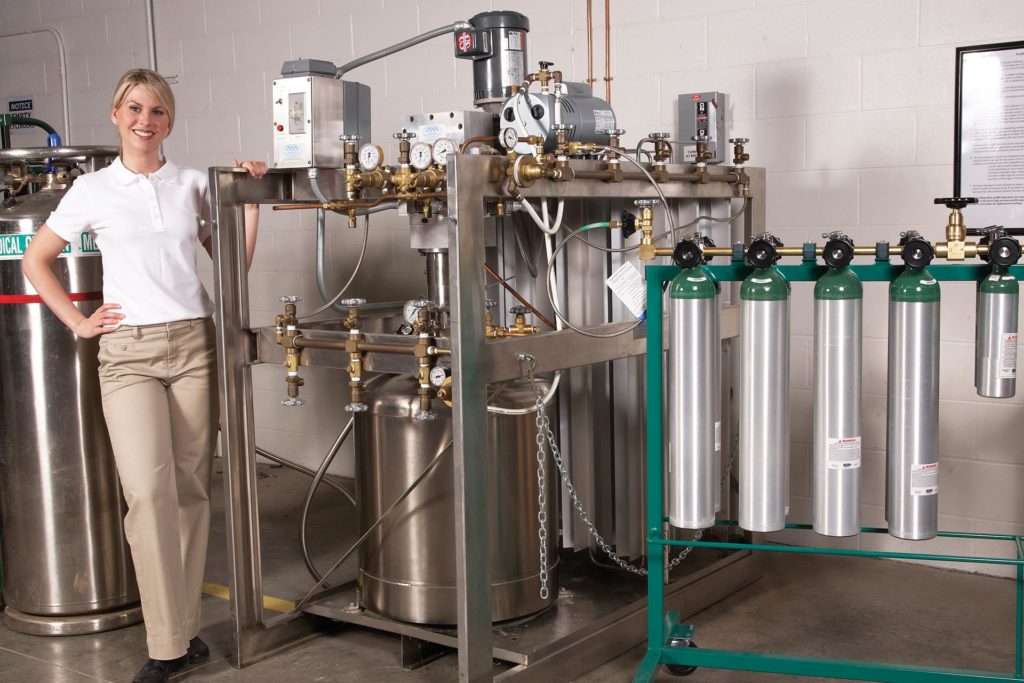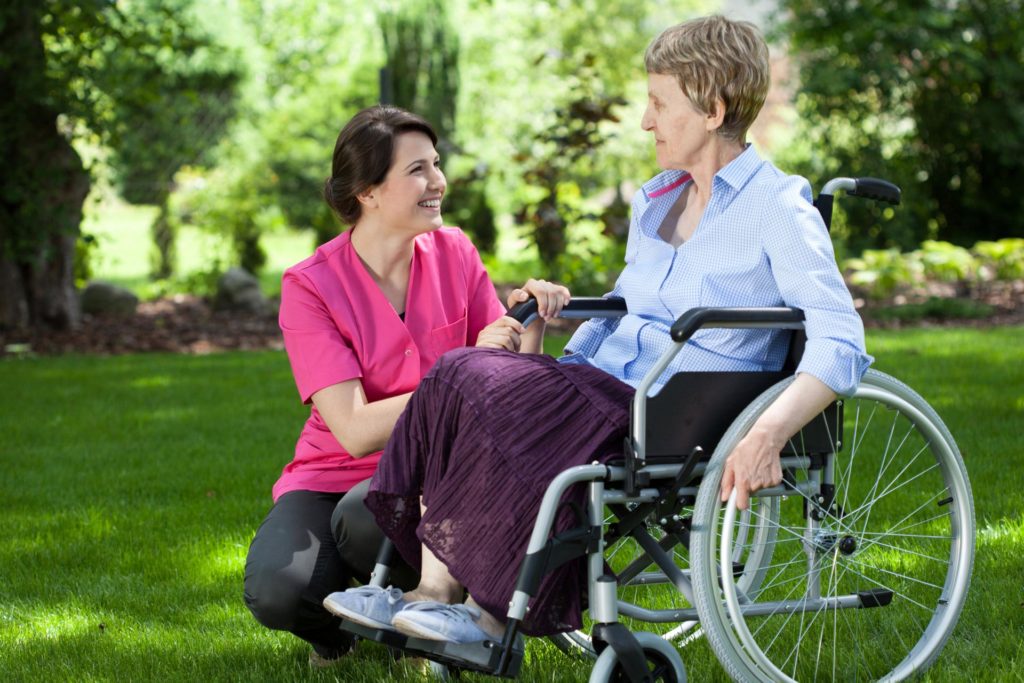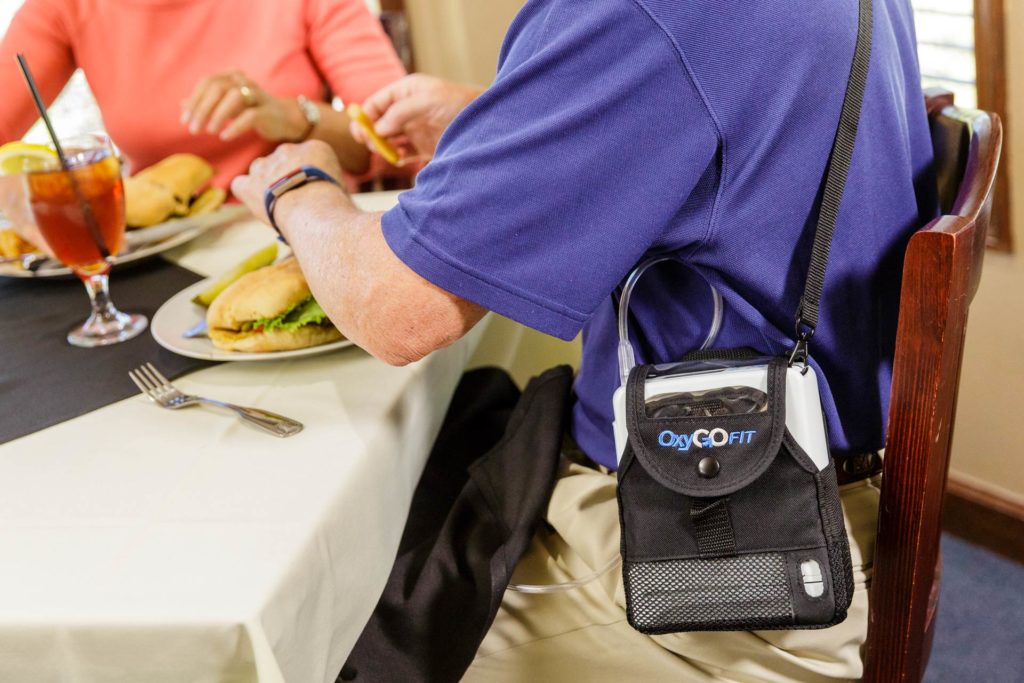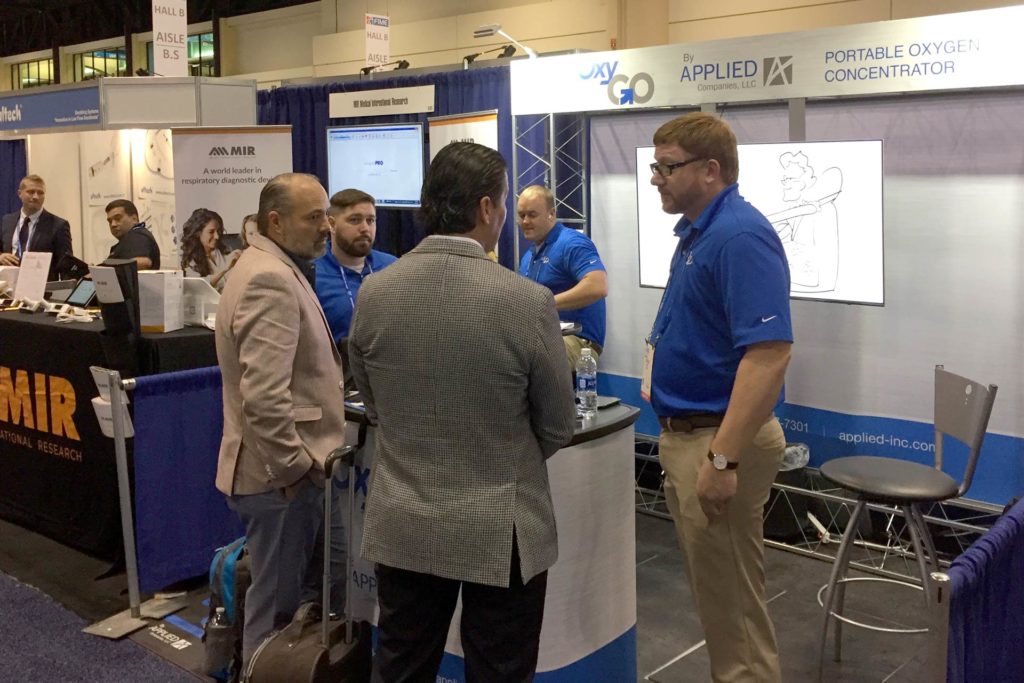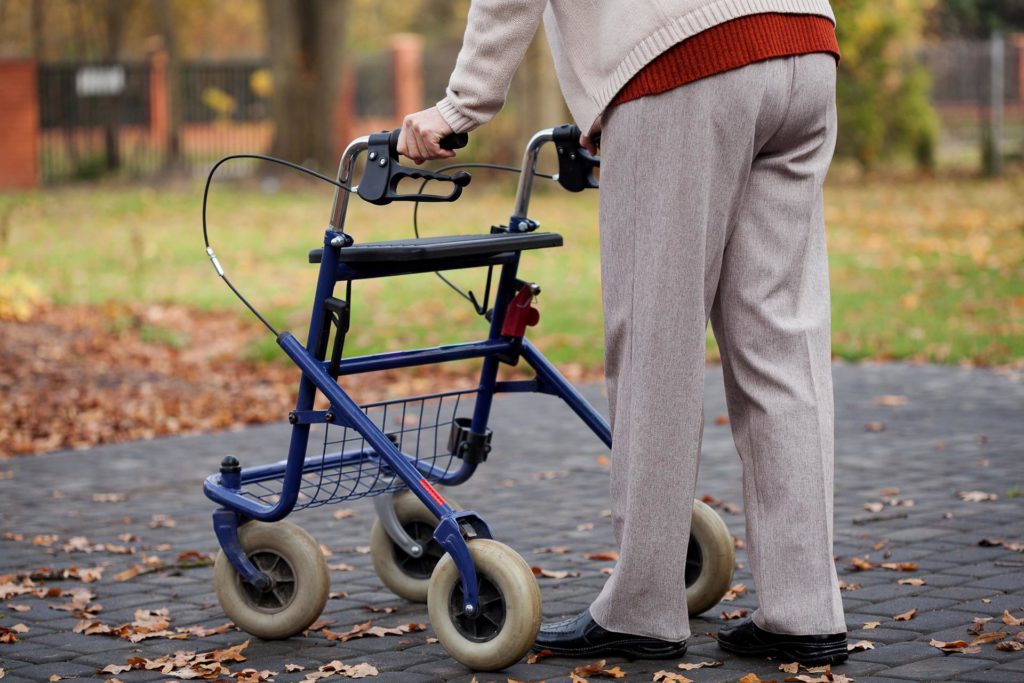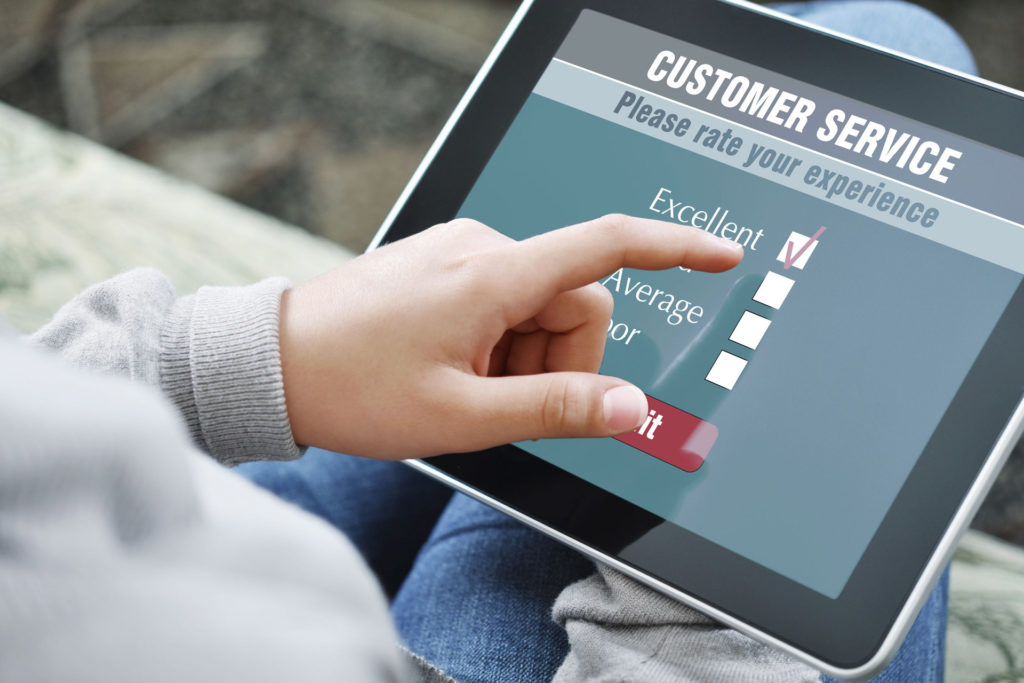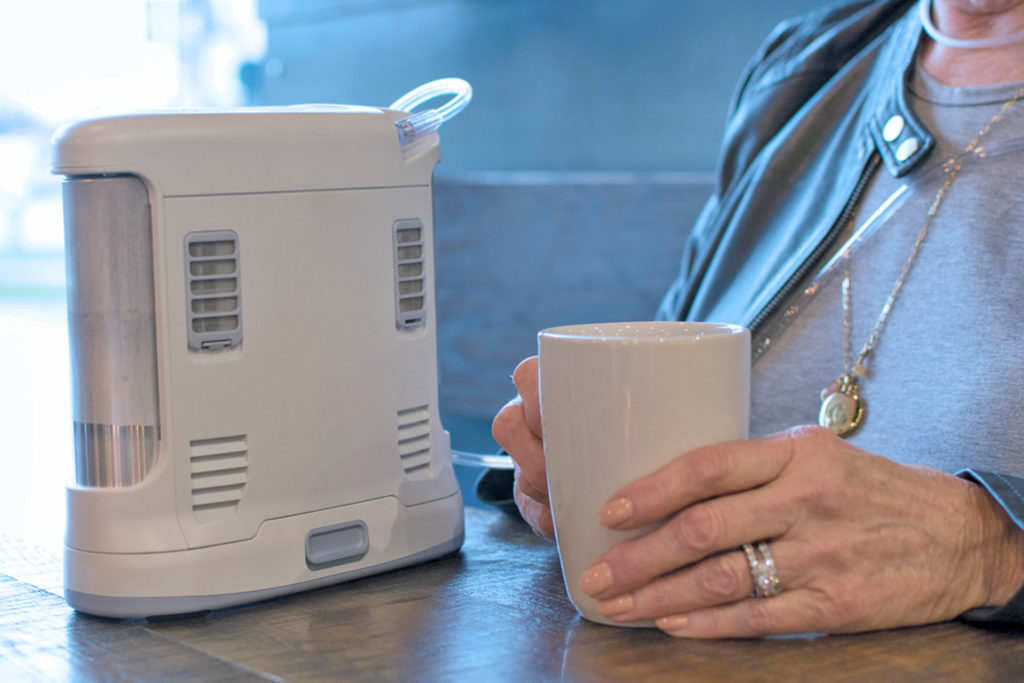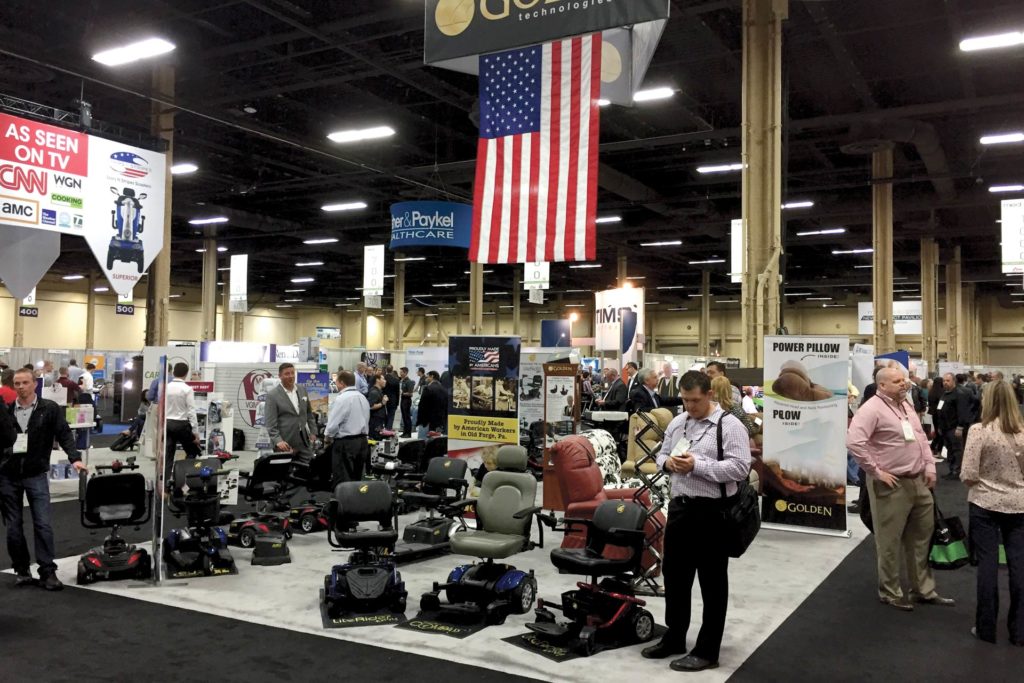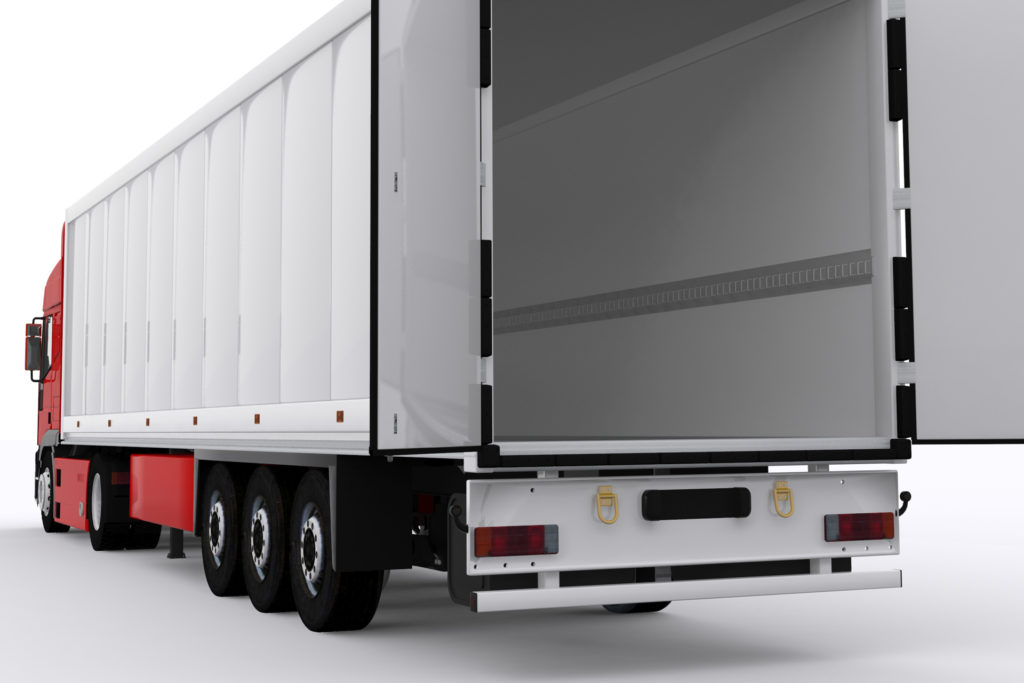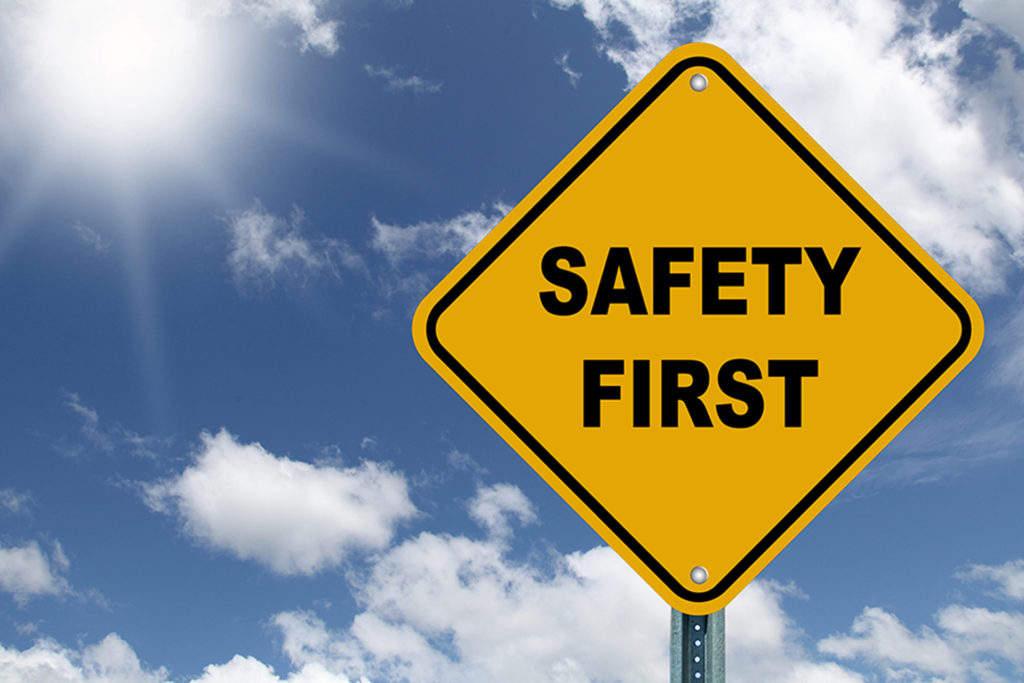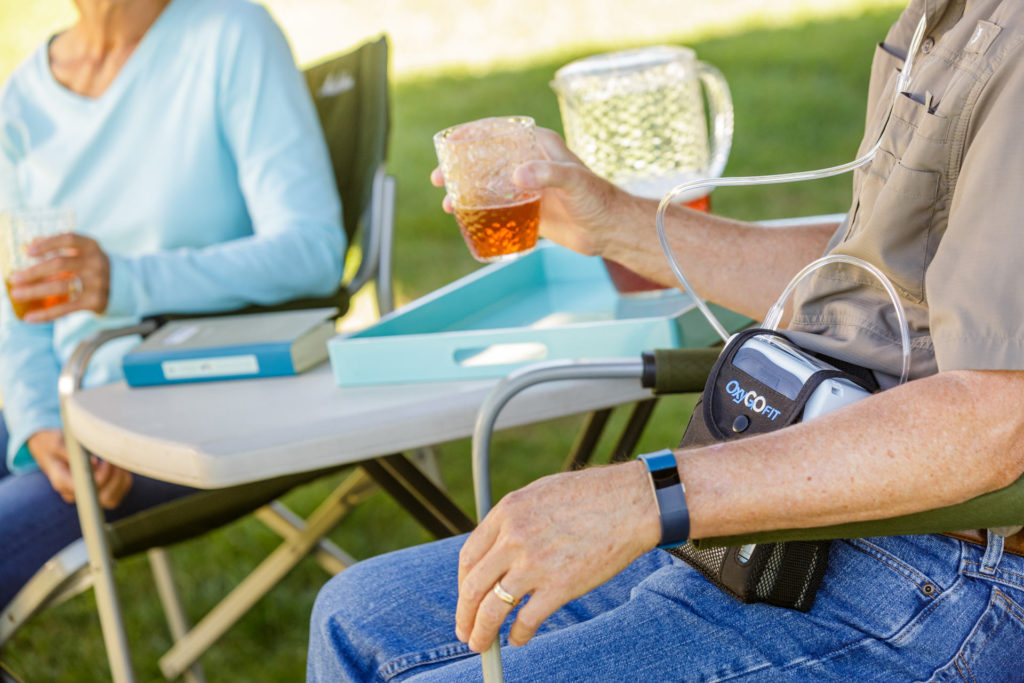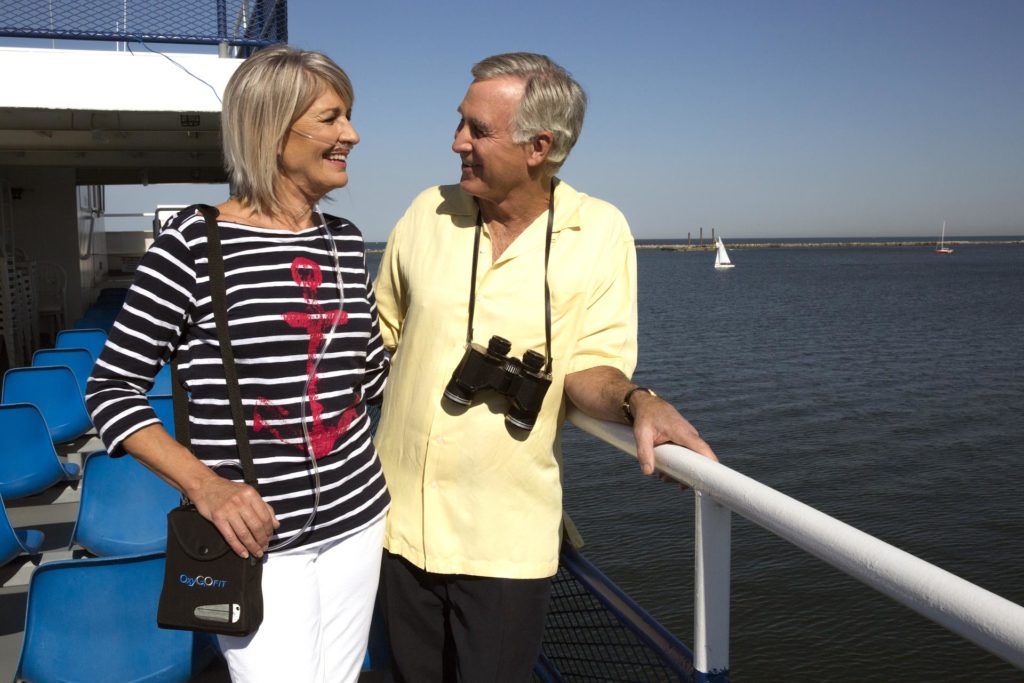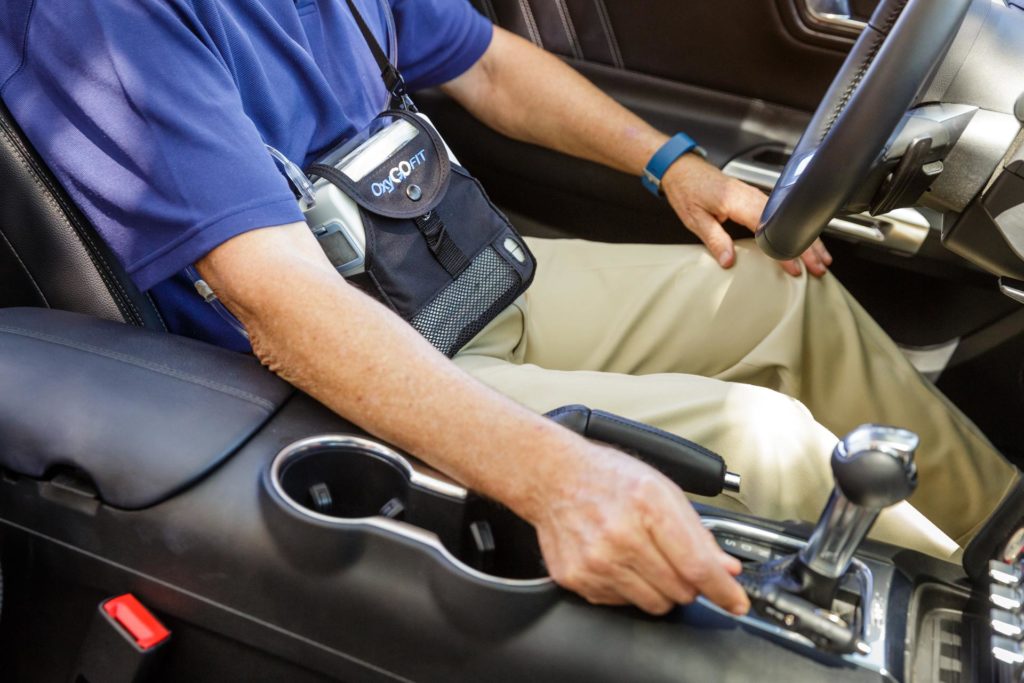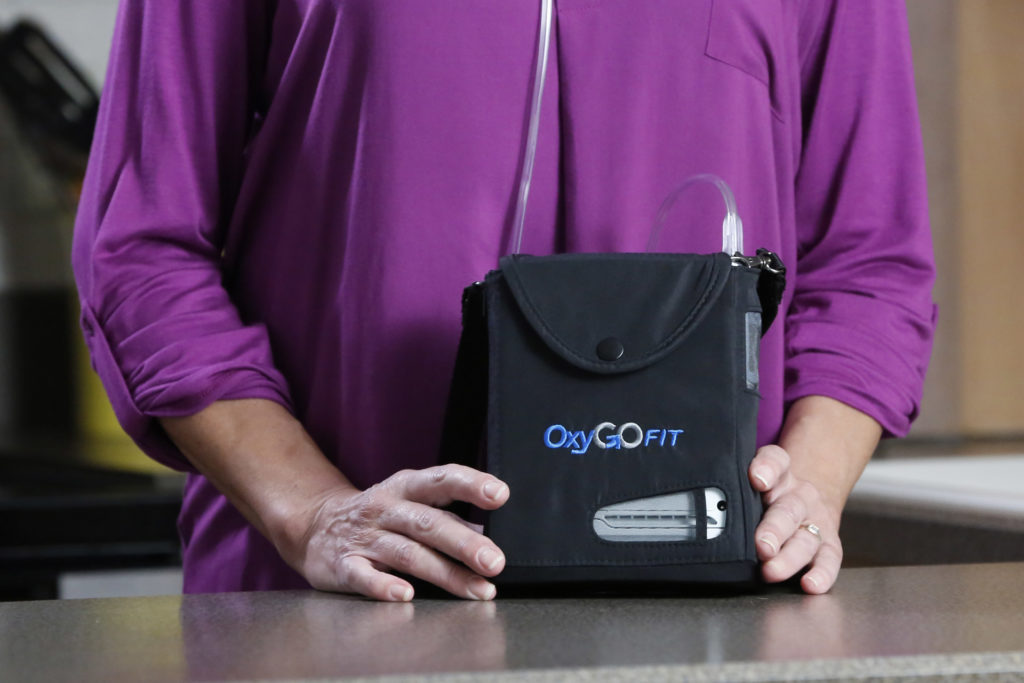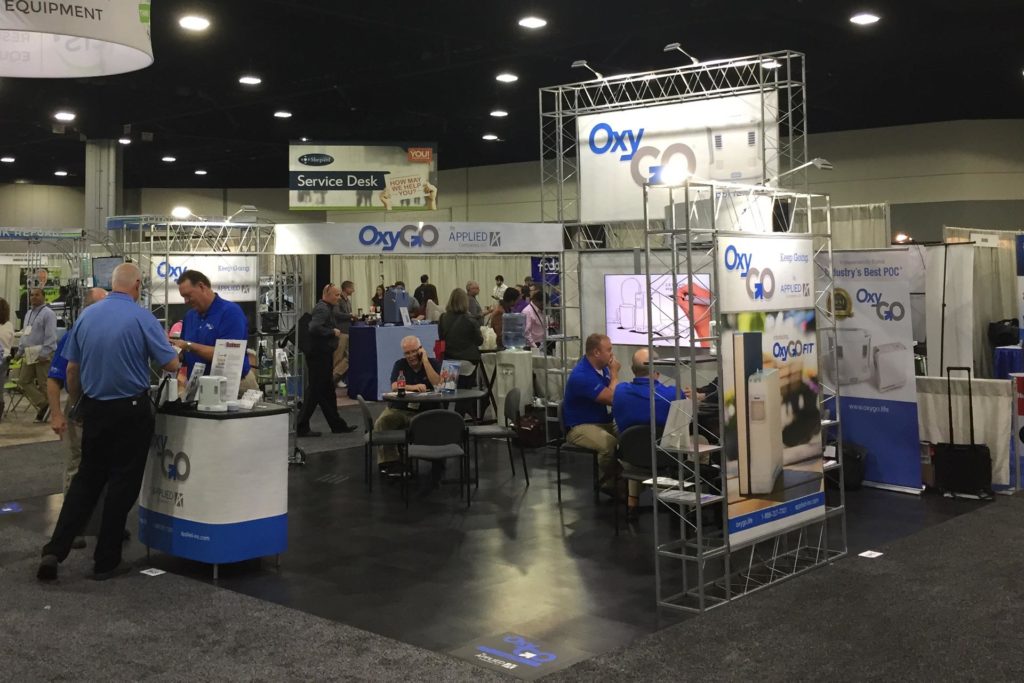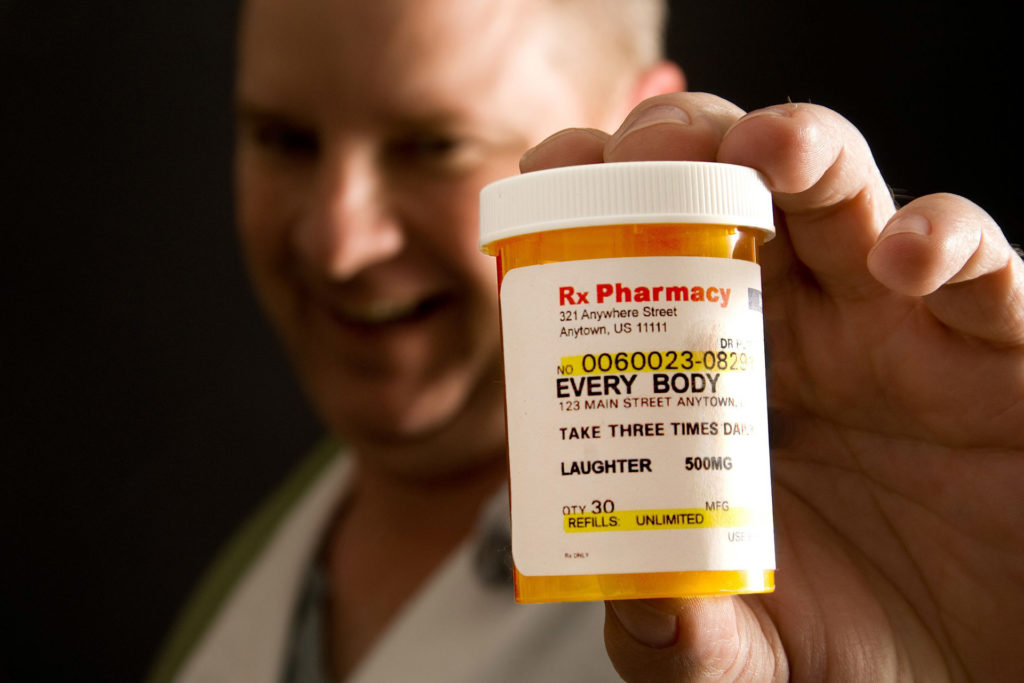Fly High with POCs
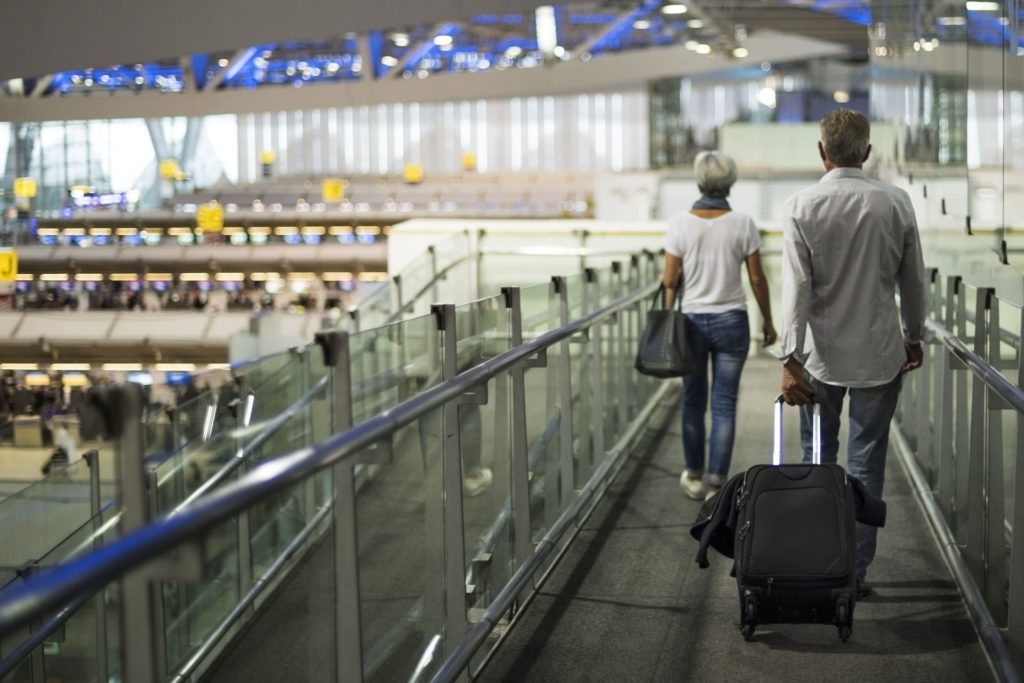
The POCs you sell or rent to oxygen patients today allow greater freedom than ever before for travel and independence. But they also require your patient to think ahead and plan travel with supplemental oxygen carefully. This is true whether your patient is traveling by car, bus, train or plane.
Rules for air travel with POCs are among the most stringent. Air travel, for example, requires POC users to abide by FAA standards related to oxygen use in flight. Here Is information that will help you answer patient questions related to traveling by plane when asked.
Both OxyGo® and OxyGo FIT™ are approved POCs by the FAA for air travel. OxyGo is approved because it was included on the original list of approved POCs, under a different trade name, by the FAA. OxyGo FIT is approved because it contains, in red lettering, the FAA requirement:
“The manufacturer of this POC has determined this device conforms to all applicable FAA acceptance criteria for POC carriage and use on board aircraft.”
When flying with POCs and oxygen there are minimal requirements that every patient needs to know:
- The equipment must be FAA approved.
- Compressed gas oxygen tanks or liquid portable units are absolutely forbidden on commercial flights.
- Patients needs to give airlines advance notice, usually 48-hours, that they will be taking a POC with them. The requirements vary from airline to airline, but each airline will require a physician’s statement of some sort. Some airlines may not require a doctor’s note, but all airlines will want to see your patients’ prescriptions. So patients will need to check with a representative of each carrier they may be flying with, or the carrier’s website. In most cases the physician’s statement can be downloaded. If your patient is flying on multiple airlines, different physician statements for each airline may be required. Without proper documentation an airline will not allow your patient to board.
- Airline have POC battery regulations. Most of them require 150% of the flight time to equal your patient’s battery time. Some airlines require travel time plus a flat three hours extra of battery time. In that case, if your patient had a three hour flight, six hour of battery life would be required. Some airlines may not count a stop along the way, others do. Because of the wide fluctuation on how battery life requirements are determined from airline to airline, individual airline websites must be checked by your patient or an airline representative should be contacted.
- Either your patient, or someone flying with that patient, must know how to completely operate the POC. In some cases patients, or traveling companions, may be asked to show they have the operational knowledge necessary. Any patient could be asked to demonstrate POC operational proficiency.
- Advance battery charging, well before flight time, saves time and stress. Tell your patients to make sure their batteries are completely charged the night before they leave for their flight. POCs can take several hours to charge and this suggestion will eliminate last minute stress.
- The FAA does not allow an airline to count a POC, as well as its accessories, as part of a patient’s carry on limit.
- If the aircraft your patient is traveling on has 19 or more seats, the FAA has mandated that all passengers needing oxygen must be allowed to bring an FAA-approved POC on board to use on the flight.
- The FAA does not require a passenger to consult with a healthcare provider prior to using a POC on board an aircraft. However, the passenger, together with his or her healthcare provider, may wish to discuss the following with you:
- The effects of a pressurized cabin (cabin pressure altitude can reach 8,000 feet) on the passenger’s oxygen needs.
- The passenger’s POC needs at the time of travel and whether the passenger’s needs have changed since the POC was first prescribed or during the most recent consultation with a healthcare professional.
- Certain key provisions in the POC operating manual regarding oxygen delivery, indicators, warnings, and alerts, as well as setting/changing liter flow or LPM.
- All crew members (pilots and flight attendants (F/A)) receive training regarding the handling of in-flight medical events. However, the FAA does not require that air carriers or crew members provide medical assistance to passengers.
- Your patients should know there are seating restrictions for passengers who plan to use a POC on board an aircraft.
- Exit Row Seating: The FAA prohibits any person using a POC from occupying any seat in an exit row.
- Stowage During Movement: During movement on the surface (pushback from the gate and taxi), takeoff, and landing, the POC must be stowed properly and in such a manner that it does not restrict passenger egress to any exit or the aisle in the passenger compartment.
- Your patients should be aware of POC storage requirements. The FAA has determined that a POC should be placed underneath the seat in front of the POC user so that the user or the user’s attendant can see the warning lights and/or hear the audible warning. Placement directly under the POC user’s seat and placement in a closed compartment would prohibit the user from seeing the warning lights, as well as possibly prohibiting the user from hearing audible warnings. Other placement locations may be acceptable.
- When traveling by air or any other means, remind your POC patients to be prepared to deal with unexpected emergencies They should keep emergency medications and inhalers close by in case of emergency.
Why OxyGo POCs are #1 for easy travel
-
OxyGo has external quickly swappable batteries. They make it easy for patients to have enough power for their flights.
- OxyGo is the only POC on the market with a LCD readout that tells the patient how many hours and minutes remaining based off the patient’s usage.
- OxyGo’s easy to use DC charger is slim, has no brick, and is completely separate from the AC charger. This makes it easy to carry and use.
- OxyGo charges on all 5 settings while on the DC charger.
“If the aircraft your patient is traveling on has 19 or more seats, the FAA has mandated that all passengers needing oxygen must be allowed to bring an FAA-approved POC on board to use during the flight.”
RELATED POSTS
